The LattePanda 3 Delta is an absurdly powerful x86 SBC
Update: The LattePanda 3 Delta is here! Our review is upcoming, but we've got both the Activated Windows 10 and regular versions in stock right now!
The LattePanda team is back with the LattePanda 3 Delta, an x86 single board computer featuring a 12th Generation Intel Celeron N5105 CPU. This alone is a pretty decent upgrade on previous LattePanda boards, bringing almost twice as much CPU power and triple the performance on the integrated GPU.
This, alongside 8 GB of LPDDR4 RAM, up to 64 GB of eMMC, and M.2 M and B key slots, make it a compelling choice for high-performance tasks requiring a small form factor.
The physical computing side is retained too. There is an ATMega32u4 chip integrated into the board, bringing the same functionality as the Arduino Leonardo and Micro to the table. While LattePanda isn't the only company using this kind of setup (Notably, the power-on-a-budget UDOO Bolt series uses them, too), there aren't many powerful x86 boards ready to act both as desktop replacements, or industrial automation tools, without needing to change any hardware whatsoever.
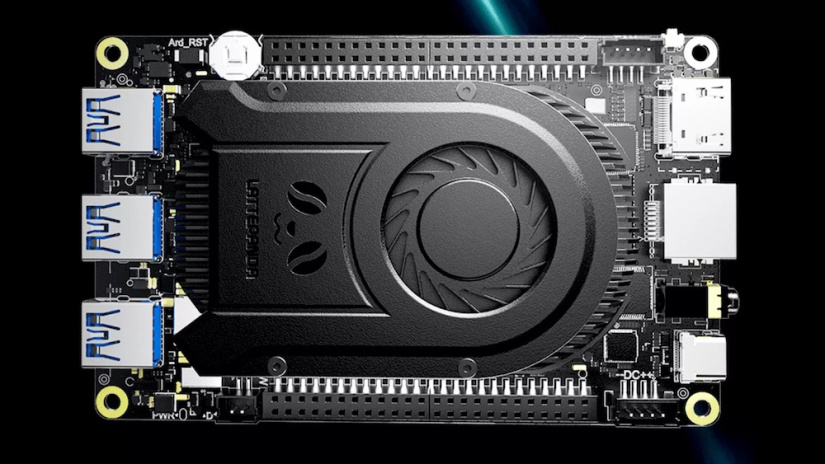
There are improvements to cooling, too, though exactly how much is something we'll have to wait and find out on release! To find out more, you can head to the official page: LattePanda - A Windows 10 Single Board Computer with integrated Arduino.
The LattePanda 3 Delta in Specs
As far as specifications go, we've already covered the upgrade to the processor, but there are a few other notable improvements too:
- CPU: Intel Celeron N5105 @2.0~2.9GHz, 4 Core and 4M Cache
- 8GB LPDDR4 @2933MHz RAM
- 64GB eMMC
- M.2 M key (support NVMe SSD), M.2 B key (support SATA SSD,4G & 5G Module)
- WiFi 6 @2.4Gb/s
- Bluetooth 5.2
- Co-Processor: Arduino Leonardo
- 2x USB 3.2 Gen1
- USB 3.2 Gen2
- USB Type C
- USB 2.0 (Pin header)
- HDMI 2.0b, Display port 1.4 via USB-C, eDP
- Dimension: 125mm x 78mm x 16mm
- Operating System: Windows 10, Windows 11 and Linux
The obvious things that jump out of this list are the upgrades to WiFi 6 and USB 3.2 Gen2, which will be significant when working with data transfer. That said, nothing will beat an NVMe SSD for read/write speeds!
A clear advantage of x86 SBCs is a wider choice of operating systems, and a board of this power should run Windows 10/11 pretty comfortably, along with any Linux distro of your choice.
Gaming and Physical Computing in One Small Package
There are nearly limitless uses for a powerful SBC that can interact with its environment. Perhaps a good way to quantify an x86 mini computer is with two questions: Does it game? Does it talk to sensors?
The answers to both of these questions remain to be seen until I get my hands on a LattePanda 3 Delta, but the specs are impressive, and with LattePanda's library support for the ATMega32U4, it looks good!





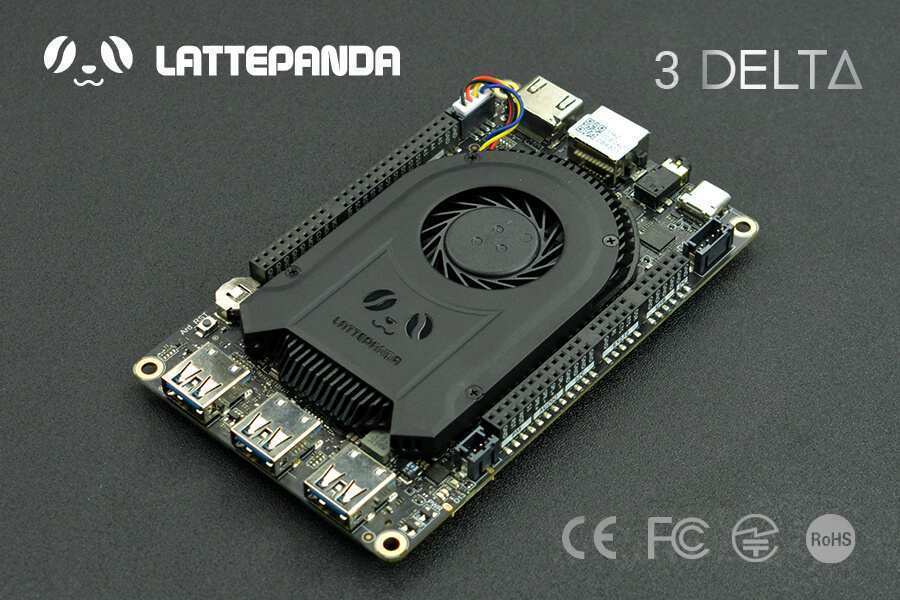
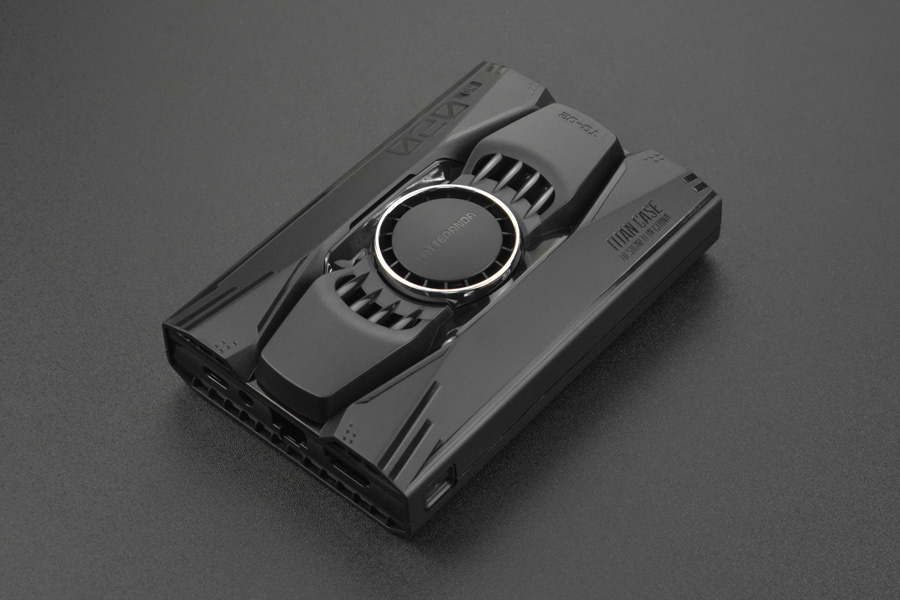
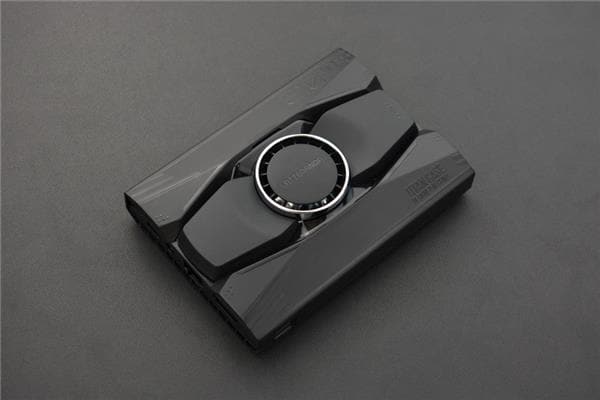
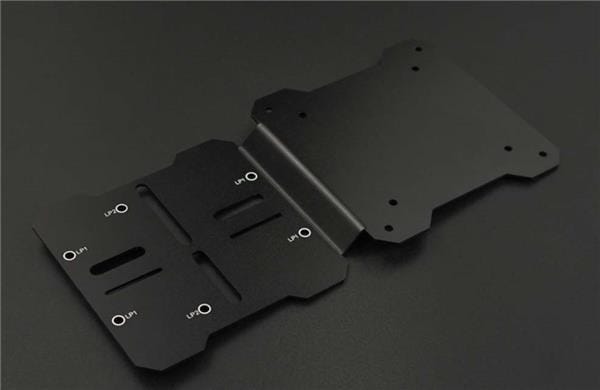
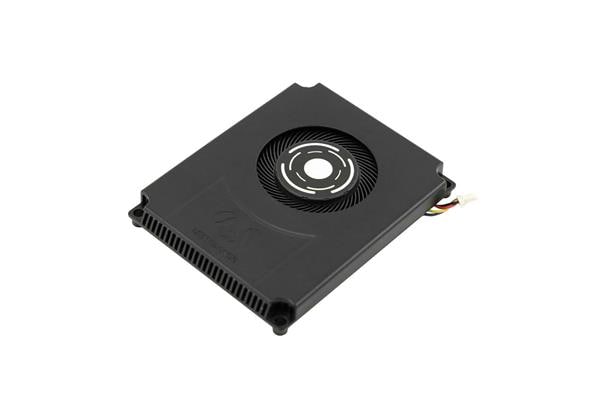
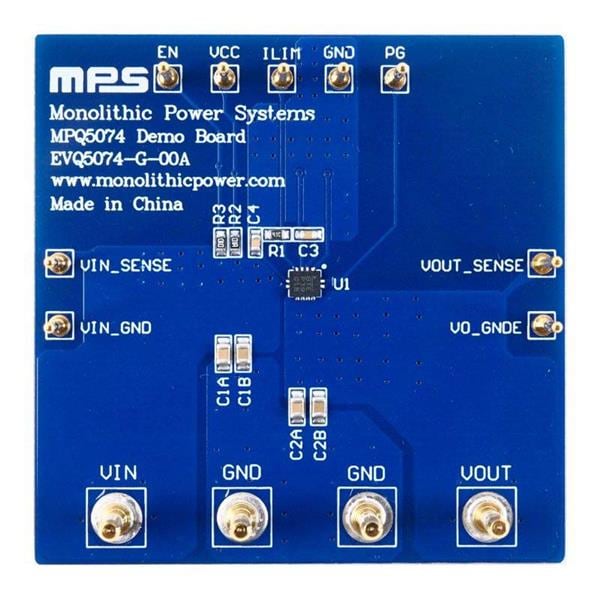
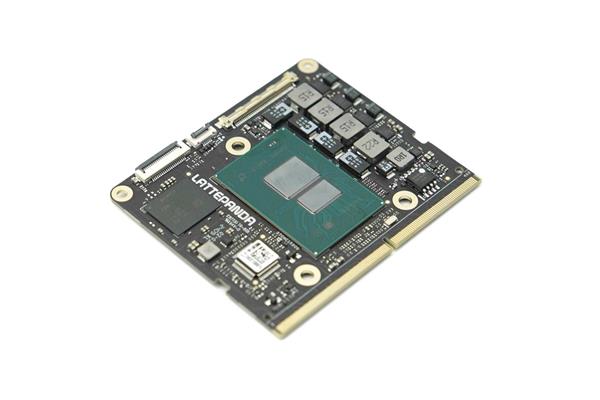
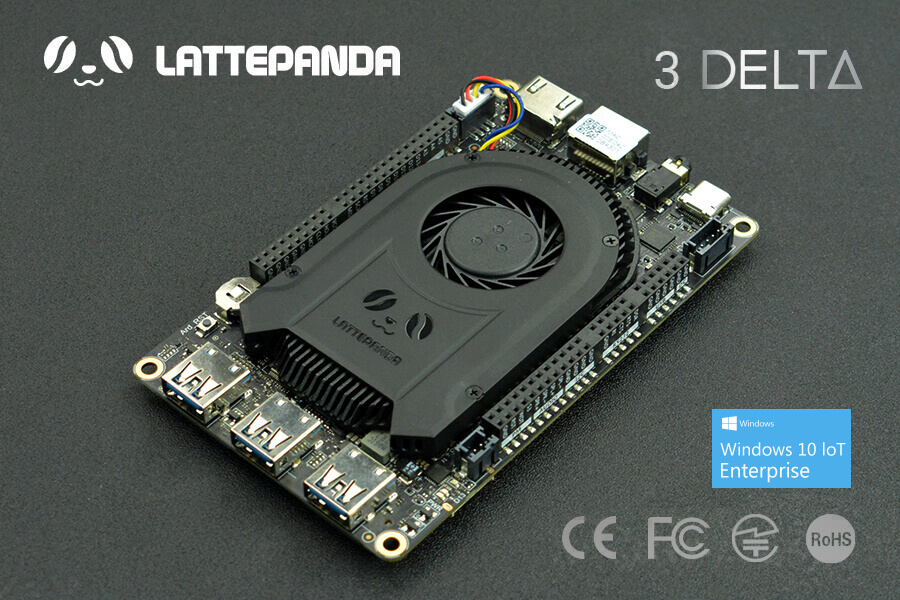

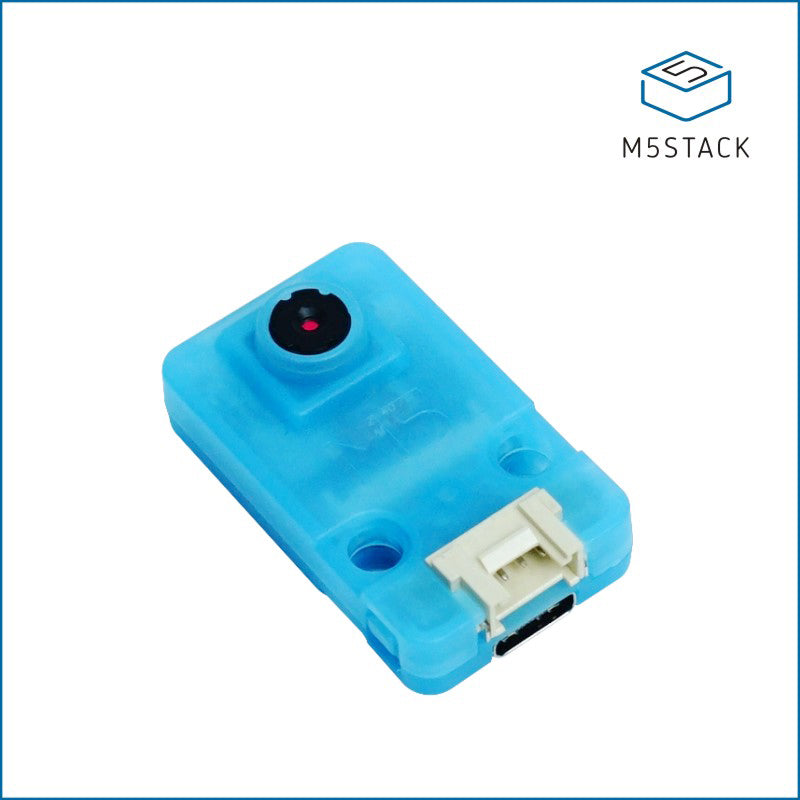
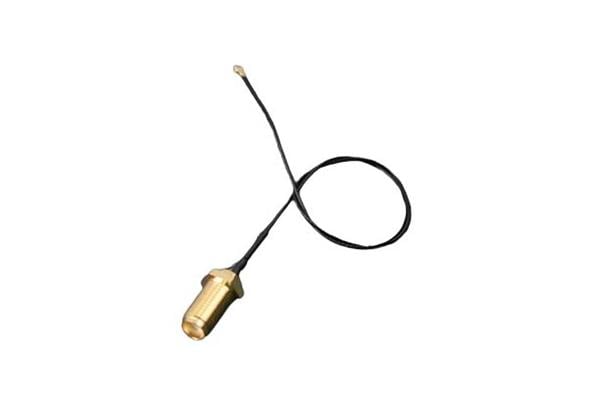
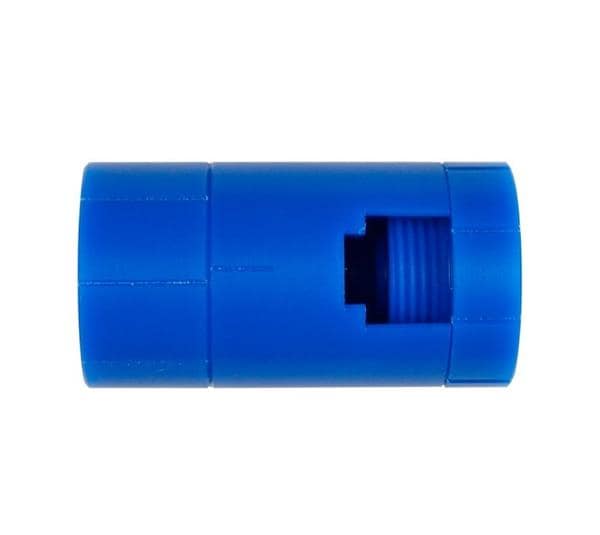
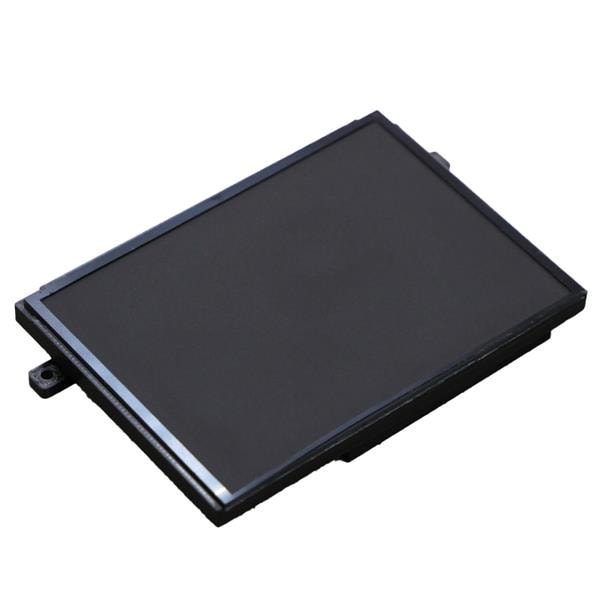

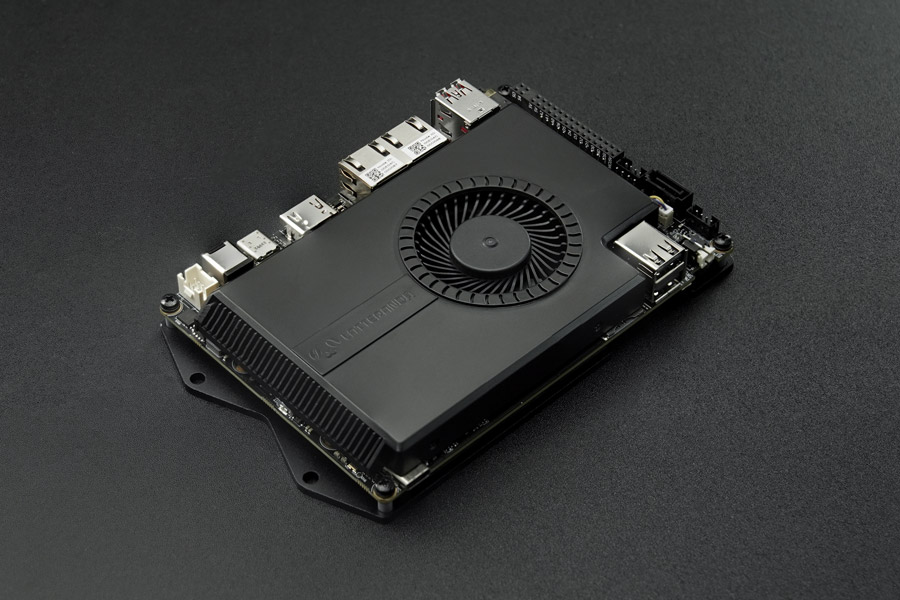
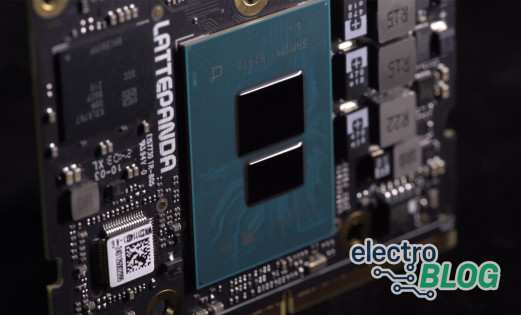
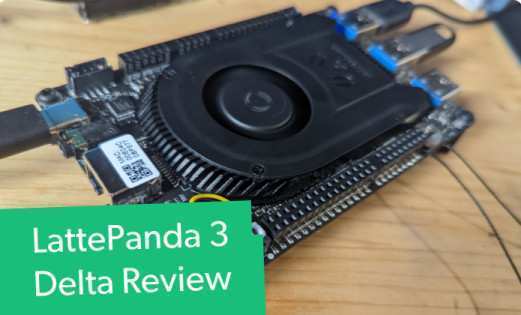
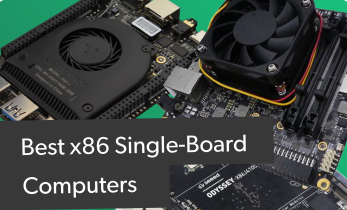
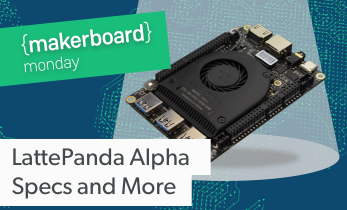
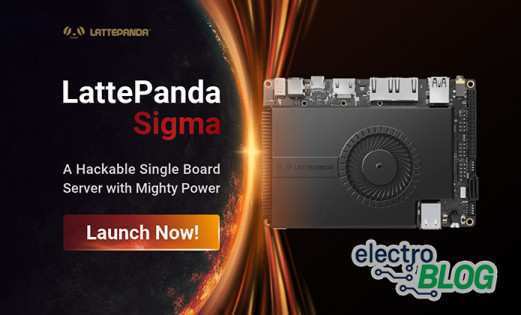
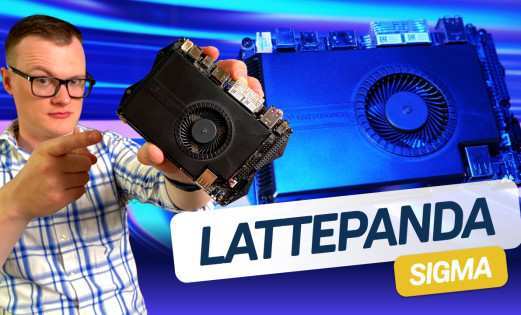


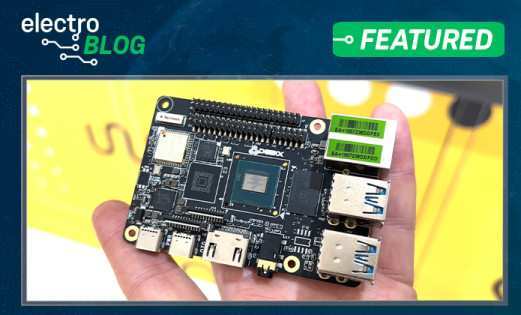
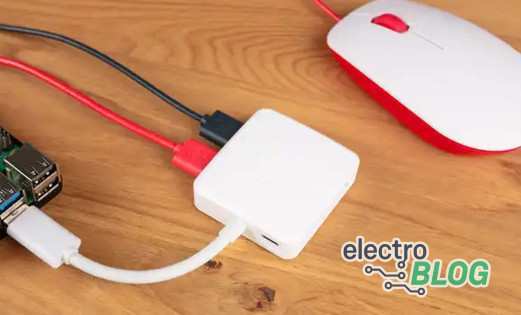
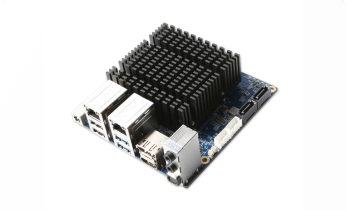

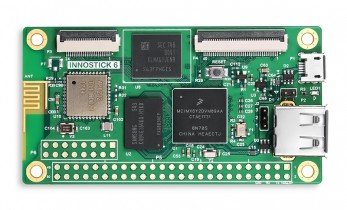
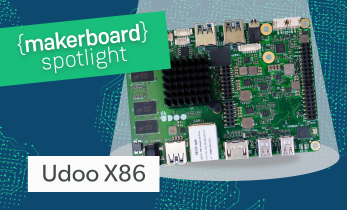

Leave your feedback...